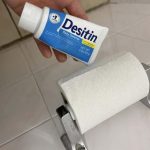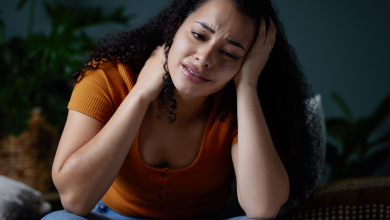How to Make Homes Safer for Older Adults

The Canadian Institute for Health Information finds that falls and trips are the leading cause of injury-related hospitalizations for older adults. In fact, four out of five injury-related hospitalizations are because of falls.
As we age, we lose some mobility due to decreasing bone density and are at greater risk of falling or suffering in an emergency. We’re also more vulnerable to falls. While a child may get right back up after a fall, an older adult may fracture a bone or an ankle.
Additionally, recovering from fall injuries can be more complex and take longer with age.
So, whether you’re an older adult or have aging parents, you may be concerned about how to make a home safer for older adults.
The Right Retirement Residence
If you’re considering moving to a residence for older adults, please choose one that focuses on safety. For example, the best retirement homes in the community concentrate on resident safety with the following features:
- Accessible bathrooms with walk-in showers
- Spacious and comfortable suites with plenty of room to move safely
- Kitchenettes that feature sinks, cabinets, and appliances in excellent condition
- Assisted Living programs for residents that require support
- Regularly maintained fire safety systems such as smoke detectors
Making Homes Safer
Many older adults prefer living in retirement homes that have already been professionally optimized for safety. However, there are steps you can take to make any home safer for older adults:
#1 Floors
All areas of the home should be well-lit and clutter-free. This means removing tripping hazards like magazines, shoes, extension cords, toys, and clothes from the floor. If you must keep area rugs, use a rug gripper or rug tape to prevent them from sliding. Ideally, use only anti-slip mats to decorate. Please also add mobility aids where possible.
#2 Staircase
Staircases can be challenging to navigate for some older adults. That’s why some older adults with mobility challenges prefer to live on the ground floor or live in homes with stair chairs or elevators. Here is how to make staircases safer:
- Railings on each side of the staircase for improved grip
- Enhanced lighting that illuminates steps
- A safety carpet or grip tape to mitigate the risk of slipping
#3 Bathrooms
A typical bathroom can be unsafe for anyone with balance or mobility challenges. If it’s a shared space, anyone using the bathroom should leave it dry, as wet tiles can be fall hazards. The following optional features can also make a bathroom safer.
- Multiple grab rails
- Anti-slip bathroom mats
- Accessible bathtubs or walk-in showers
- Waterproof shower stools or benches
- Raised toilet seats
#4 Fire Safety
Unfortunately, older adults are the most vulnerable cohort in a home fire. Please ensure that you have working smoke and carbon monoxide detectors in the bedrooms, kitchens, and hallways to improve fire safety. Please also create an emergency safety plan with other people in the household.
In addition, consider replacing the old-fashioned gas stove with an induction stove. Induction stoves are less likely to start a fire and don’t emit harmful gas while cooking.
Making a home safer for older adults is a long but essential process. When a home is more secure, residents can complete daily activities more confidentially and also have peace of mind.





